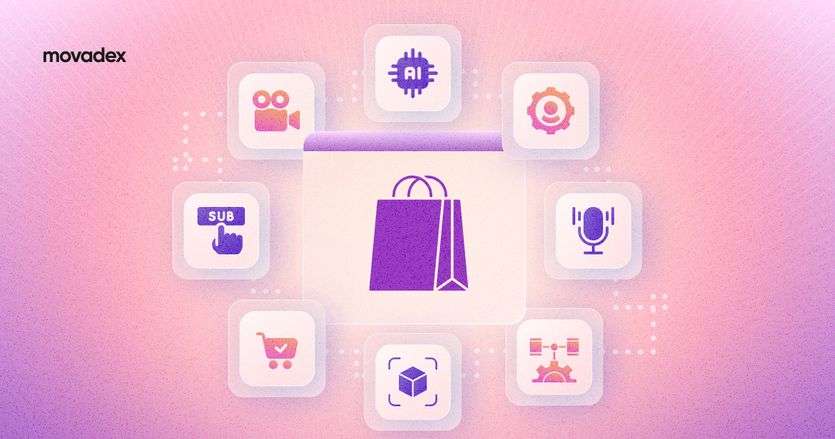Across the globe, there are upwards of 26.5 million eCommerce websites, and new ones are cropping up regularly. However, the noteworthy point is that fewer than one million of these sites manage to surpass the $1,000 annual sales mark, indicating substantial opportunities for expansion in the eCommerce landscape.
Why do numerous eCommerce businesses face failure? There are various reasons, with some of the most prominent being:
a) Lack of Capital: Insufficient investment and inadequate funds for bootstrapping can impede the scaling process or lead to business closure.
b) Launching Without Understanding the Target Audience and Competitors: Initiating operations without a clear understanding of the target audience and competitors can be detrimental. The MVP should be launched initially to test it on the target audience and make adjustments if needed.
c) Poor Website Design and User Experience: Despite having a great product and ample capital, a poorly designed website with a non-intuitive interface and an inefficient checkout process can hinder success. A seamless and omnichannel checkout experience is crucial. I'll delve deeper into these issues and provide insights on how to avoid them.
d) Insufficient Marketing and Promotion: E-commerce demands significant financial investment in promotions and skilled marketers. Cutting corners on this aspect can lead to failure due to an inability to compete effectively in the market.
While there are numerous other factors contributing to the failure of eCommerce ventures, I'll focus on a prevalent issue – software problems. I'll also discuss trends that can be implemented to enhance customer loyalty, user experience, and, ultimately, your conversions.
Voice & Image Search
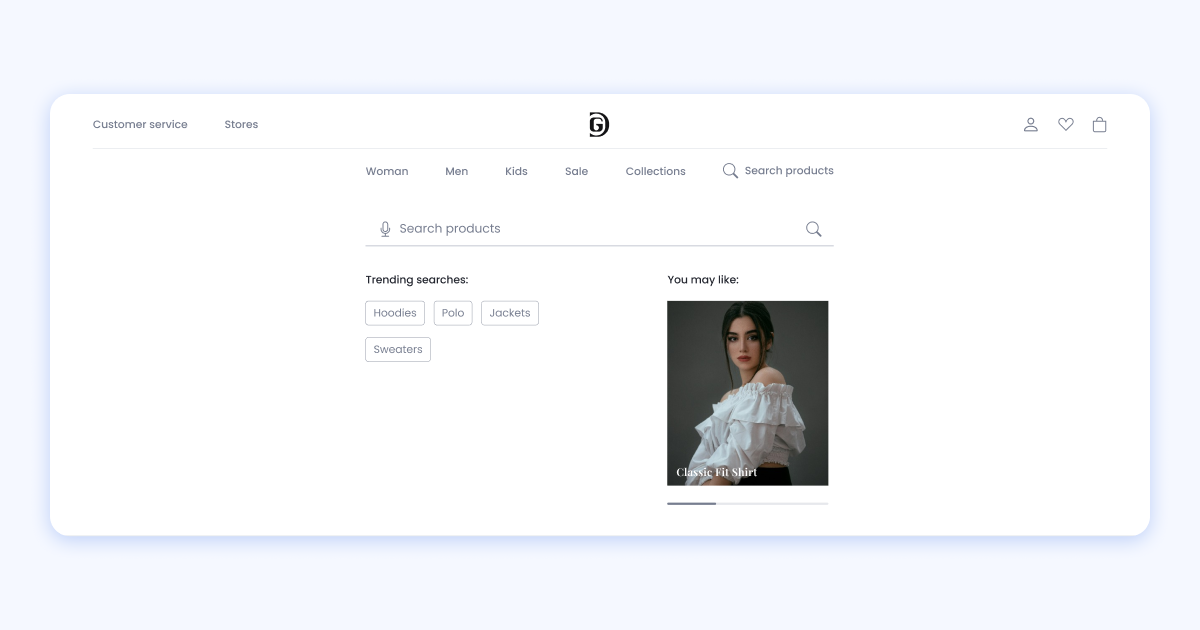
Voice search involves using voice commands and speak-to-text technology to explore the internet, providing a more natural and convenient way to access information. According to Statista, the global value of voice-assistant e-commerce transactions is projected to reach approximately 20 billion U.S. dollars in 2023. Moreover, it's anticipated that by 2024, there will be 8 billion digital voice assistants in use.
In essence, this suggests that quicker user experiences can lead to more purchases.
Image search is a technology where the search engine analyzes the key distinguishing qualities of an image, such as lines, colors, shapes, and textures.
Once the analysis is complete, the search engine will sift through its database and generate a results page containing images that share identical qualities with the uploaded image.
Voice and image search are both becoming increasingly popular in e-commerce, offering a variety of benefits for both customers and businesses.
Augmented Reality (AR) & Virtual Reality (VR)
Augmented reality (AR) overlays a computer-generated image onto the user's real-world view, creating a blended perspective. For instance, you might utilize AR to visualize how a piece of furniture would appear in your living room before making a purchase. Customers can also employ AR to virtually try on clothes, makeup, and other items, offering a valuable experience for products that are challenging to assess in person, like glasses or jewelry.
As an example, Sephora has introduced a new augmented reality layer to its Sephora Virtual Artist app, enabling customers to test products without the need to visit a physical Sephora location.
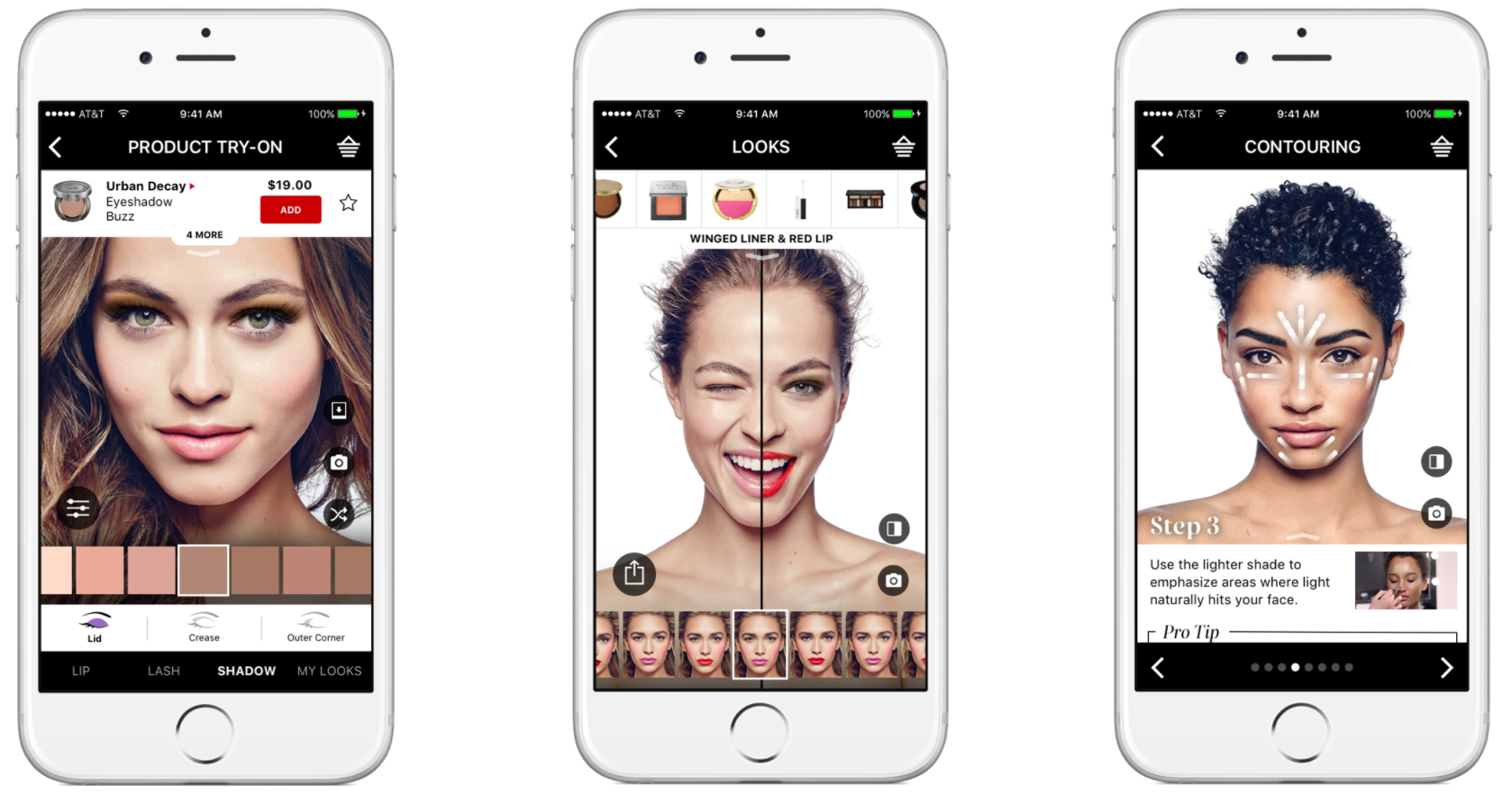
Virtual reality (VR) immerses users in a simulated environment, replacing their real-world surroundings. For instance, VR enables users to stroll through a virtual store and explore products. Additionally, VR technology allows potential buyers and renters to experience properties in a realistic and immersive manner, all from the comfort of their homes. This proves advantageous, saving time and money while facilitating the exploration of properties that may be difficult to visit in person.
Similarly, customers can leverage VR to virtually try on clothes, makeup, and other products before making a purchase, addressing challenges associated with in-person trials, such as with glasses or jewelry.
Illustratively, Warby Parker, an eyewear retailer, embraces VR technology through its app, Virtual Try-On. This innovative app enables customers to use their smartphone cameras to scan their faces, virtually trying on different frames on their screens, all from the convenience of their homes.

Subscription-Based Models
Subscription-based e-commerce is a business model implying that customers pay a recurring fee (monthly or yearly) to get scheduled product delivery or anytime access to a service. Key benefits subscriptions offer to consumers are convenience and lower cost.
As an example, IPSY is a popular subscription service specializing in delivering personalized beauty products to its subscribers. Founded in 2011, IPSY has grown into a major player in the beauty industry, boasting over 3 million active subscribers worldwide. For example, the original and most popular tier delivers 5 beauty samples for $13 per month.
Picture this: each month, you receive a fresh batch of cosmetics right at your doorstep, priced lower than if you were to purchase each item individually. It's a win-win for both the customer and the business. The store benefits from bulk purchasing at a lower cost, making the unit economics more favorable for delivering a package than selling each product separately.
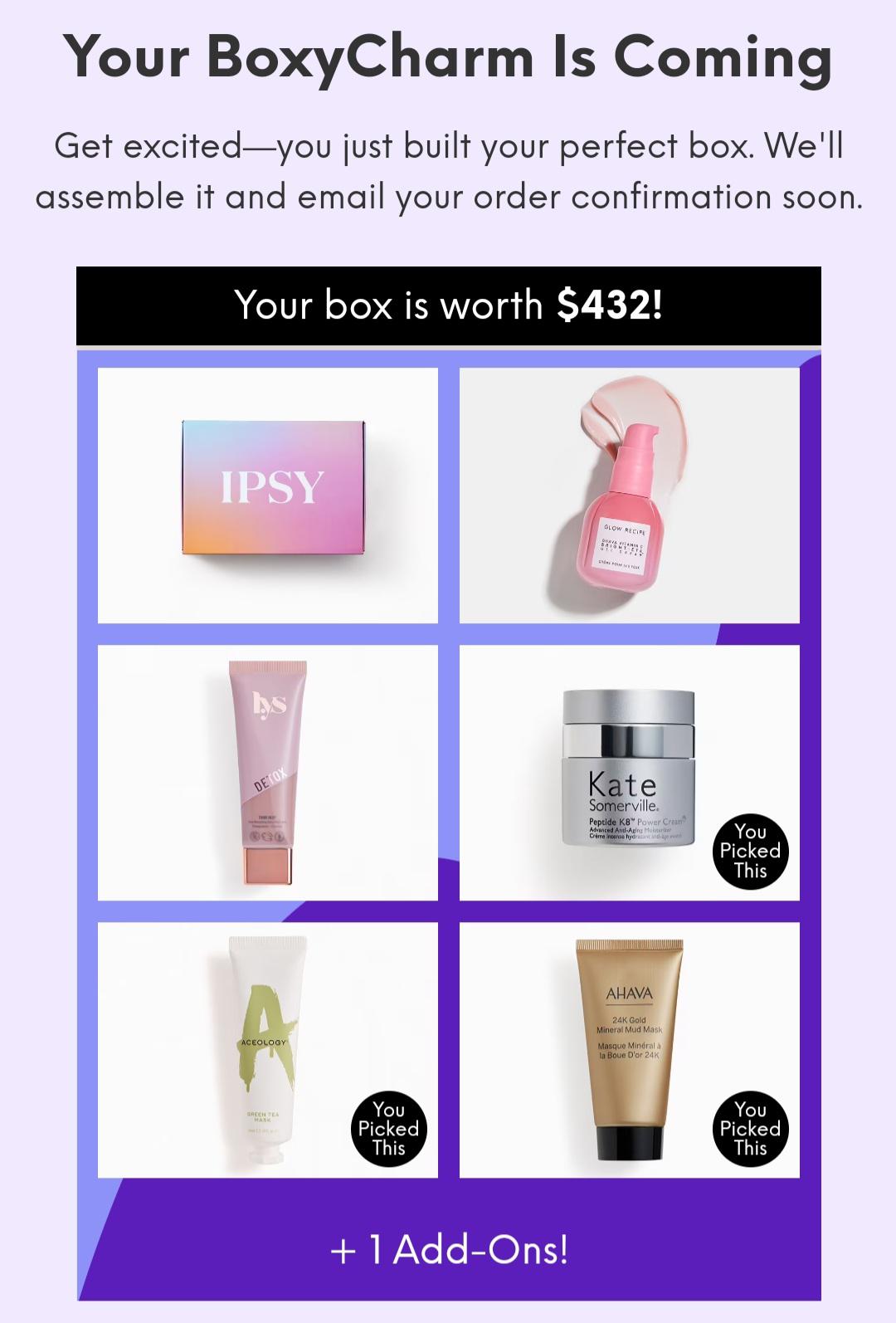
Artificial Intelligence (AI) + Personalization
77% of consumers have chosen, recommended, or paid more for a brand that provides a personalized service or experience (Forrester).
Consider how Netflix recommends shows or your favorite e-commerce store offers personalized suggestions based on your preferences. With advancements moving swiftly, ML (machine learning) technology plays a crucial role. ML algorithms are invaluable in predicting your business's commission after each closed deal, and pattern recognition in ML helps identify when a property gains popularity.
As a software design and development company, we collaborated with Starport, an innovative platform that connects borrowers, brokers, and lenders to efficiently secure the best deals for borrowers.
Our strategy involved constructing a robust platform with reverse auctions, where lenders compete to provide the best terms, and smart matching algorithms link borrowers with the right lenders for their needs. We integrated ML to streamline and optimize processes. This instance showcases the application of this ongoing technological trend, which is also applicable in e-commerce due to the similarity in the development algorithm.
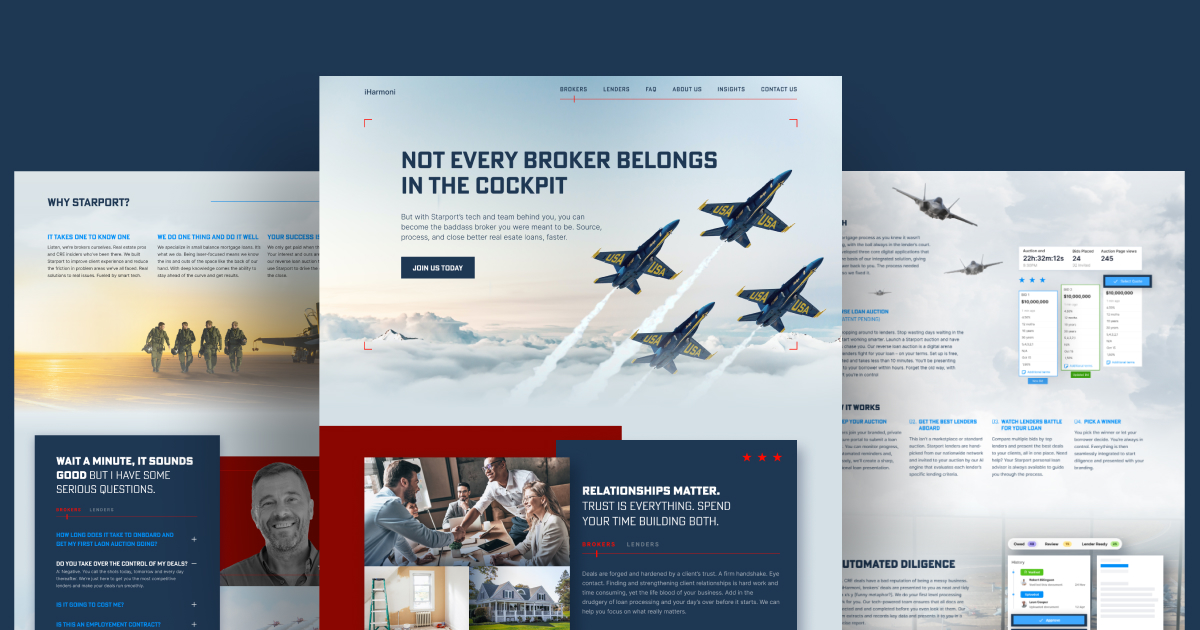
Cross-platform (Omnichannel E-commerce)
Cross-platform websites/apps are software applications that can run on multiple operating systems and devices with a single codebase. They bridge the gap between native apps (built specifically for one platform) and web apps (accessed through a browser). This allows developers to reach a wider audience without having to create and maintain separate versions for each platform.
One codebase saves time and resources compared to building separate native apps.
Thanks to cross-platform capabilities, your e-commerce business can thrive both in the app and on the website, providing convenience for customers in their decision-making process. At Movadex, when handling similar businesses, we consistently implement cross-platform solutions to approach channels with greater flexibility. For instance, for our client iS CLINICAL, a renowned American manufacturer of highly pure cosmeceuticals in the skincare industry, we developed cross-platform applications for both iOS and Android.
To ensure a personalized experience, we integrated advanced algorithms that deliver tailored product recommendations based on the user's skin type, concerns, and desired outcomes. This unique feature empowers customers to make informed decisions, helping them discover the perfect iS CLINICAL products tailored to their specific skincare goals.
By seamlessly blending cutting-edge technology, visually captivating design, and personalized recommendations, we crafted a mobile application and website that encapsulates the essence of iS CLINICAL. Serving as a gateway to the realm of premium skincare, it connects customers with the purest cosmeceuticals, ensuring proven clinical and practical results.
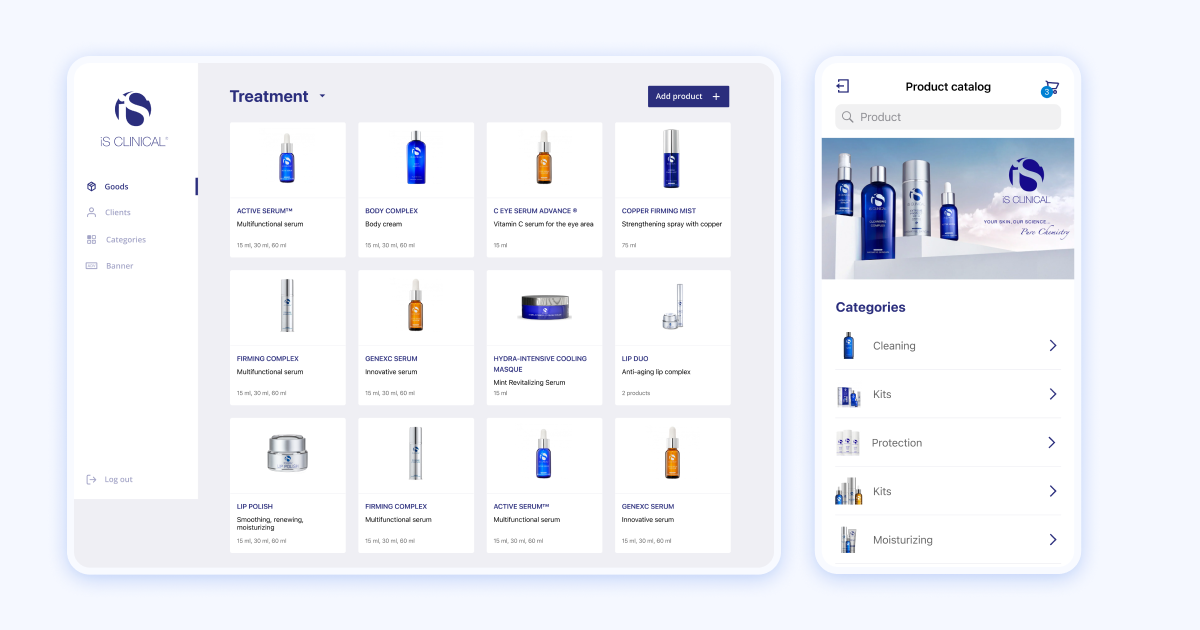
Certainly, cross-platform has its pros and cons, which we recommend you familiarize yourself with. However, in general, most ecommerce businesses opt for this approach.
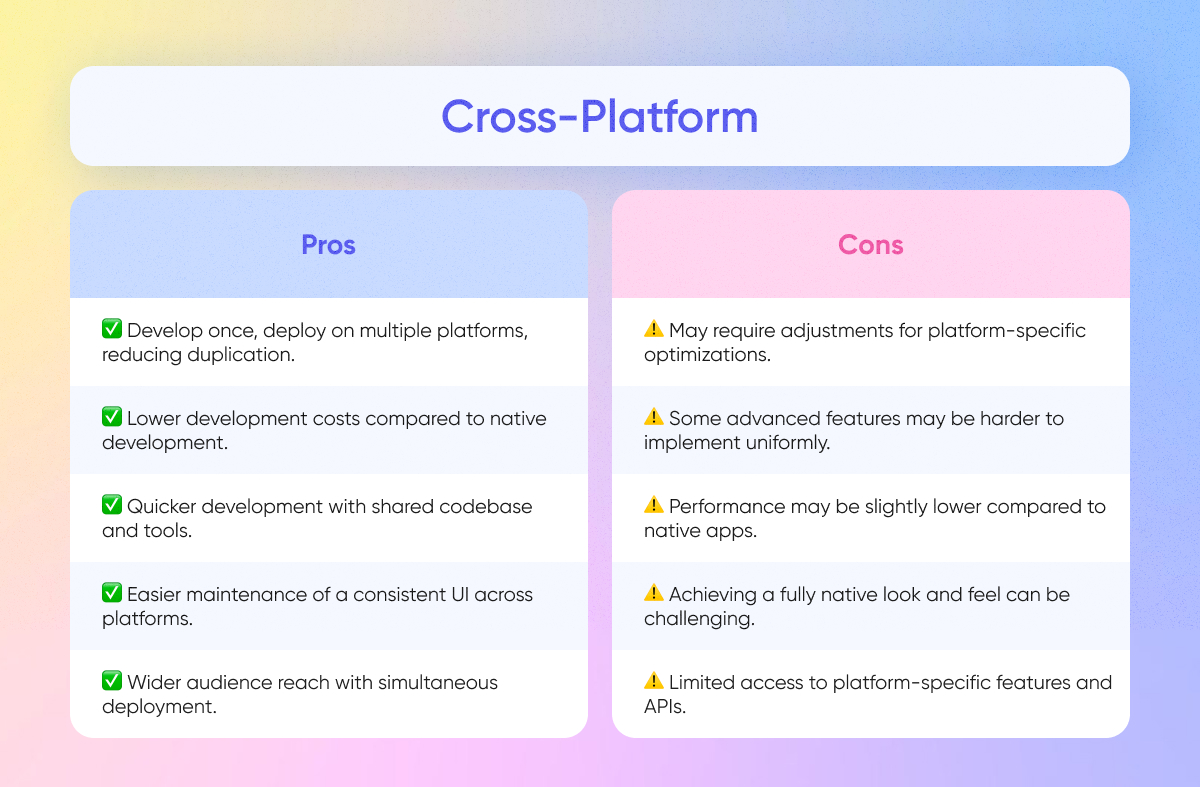
Quick Checkouts
A fundamental guideline: steer clear of consolidating the payment process. Opt for a multitude of payment integrations, ranging from Apple Pay to PayPal and Mastercard—aim for diversity. Research indicates that nearly 70% of online shoppers abandon their carts before completing a purchase, often due to complex or lengthy checkout processes. Quick checkouts, minimizing friction points, play a pivotal role in encouraging customers to complete their purchases without frustration, reducing the likelihood of abandonment.
Moreover, the upsurge in mobile shopping makes quick checkouts even more crucial. Given the limited patience and attention spans of mobile users, a streamlined checkout process is indispensable for capturing mobile sales.
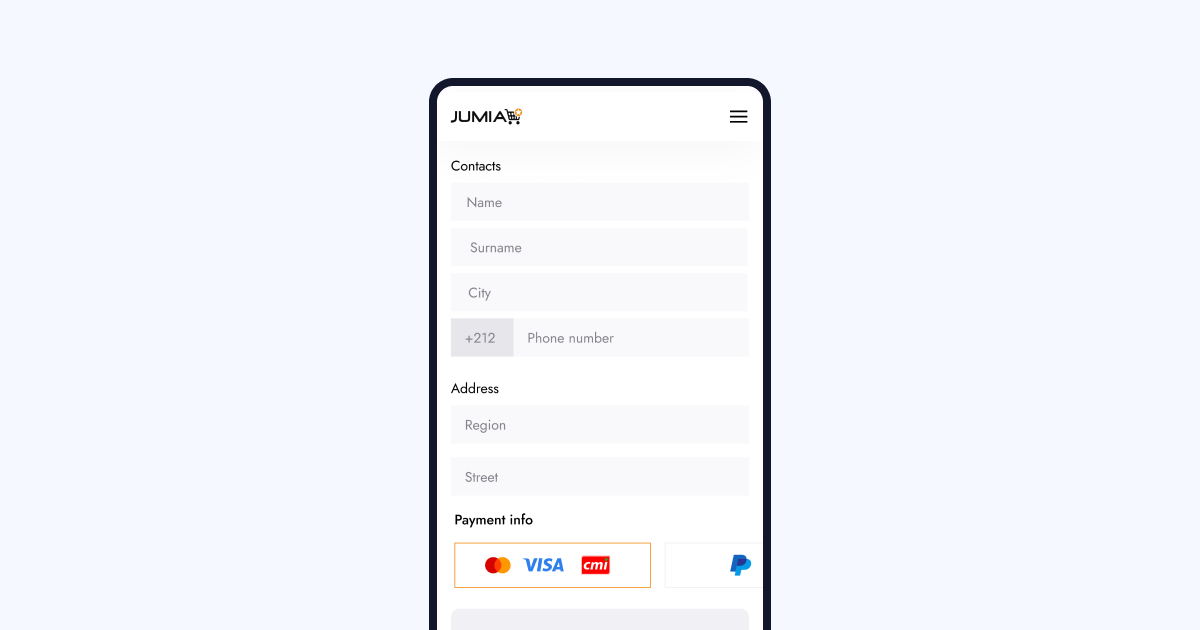
Video Over Descriptions
Any piece of content typically has about 8 seconds to capture the attention of someone who isn't specifically searching for something. Practical experience indicates that video is more effective at engaging a customer's interest compared to a text description on a website or social media.
Hence, it could be a compelling idea to include in the photo catalog a video showcasing precisely how your product appears when worn by a model, for instance.
As visual beings, humans naturally process information more swiftly and retain more from videos compared to text. Compelling product videos not only seizes attention but also ignites interest, providing a more memorable experience than static descriptions. They offer a comprehensive view of your product, showcasing its features, functionality, and real-world application. This is particularly beneficial for intricate products or those that benefit from a practical demonstration.
Moreover, search engines like Google prioritize content enriched with media such as videos in their results. This preference could potentially enhance the visibility and organic traffic of your online store.
What are The Steps to Establish a Successful E-commerce Business
Every entrepreneur contemplates the intricacies of launching their product. To guide you through the initial stages of your business journey, I've crafted a succinct and focused checklist.
Many entrepreneurs suggest starting with an MVP, which stands for Minimum Viable Product. It's a smart strategy in the startup world — creating a product with just enough features and a budget for testing.
Before diving into the concise checklist, I recommend taking a moment to explore a slightly more detailed version of the essential steps to be taken. Each business can customize its process based on individual needs, market dynamics, and budget constraints. However, I'll outline a fundamental workflow that startup businesses should contemplate, a framework I frequently recommend to clients who may be uncertain.
Create a Business Model
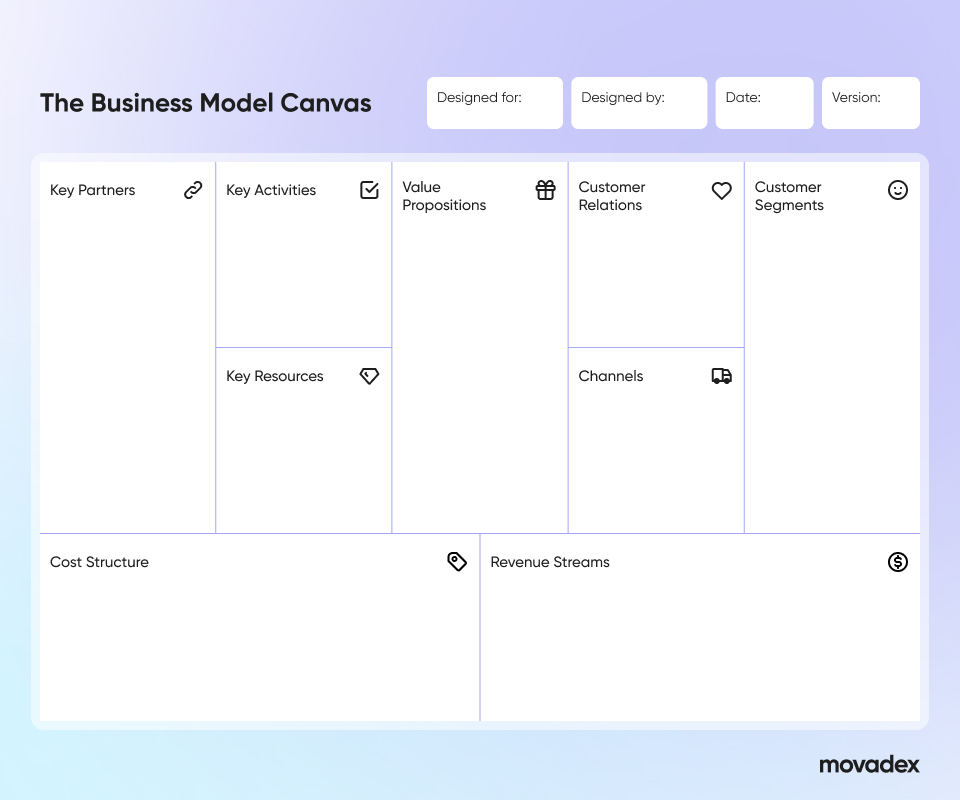
The lean startup method utilizes the Lean Canvas, a comprehensive diagram encapsulating all product hypotheses and illustrating how an enterprise generates value for itself and its customers. Initiating the process involves formulating a business model that centers on addressing consumer problems, pain points, and needs. This model offers solutions that the organization, product, or service can effectively resolve.
Create Business Hypotheses
Business hypotheses are proposed assumptions about a key aspect of a new product or service. It serves as a foundation for testing and experimentation, allowing you to validate or invalidate their assumptions through real-world feedback and data before fully committing resources. To address these questions, it's crucial not only to formulate hypotheses and test them but also to establish a systematic approach to acquiring empirical data. Subsequently, adapting the product promptly based on the gathered information becomes essential.
Hypotheses are frequently formulated using the ICE or RICE methodology within the AAARRR framework, especially when considering changes to the product.
For instance, let's take a hypothesis: perhaps our target customers struggle with effective time management. To validate this, we conduct surveys or interviews to confirm whether the identified customers indeed encounter time management issues.
MVP (Build-Measure-Learn)
Once the Minimum Viable Product (MVP) is crafted, the team gathers customer feedback and makes decisions based on that input. The path forward involves either sticking to the chosen course or adjusting the initial plans. In the realm of "lean startup," the underlying philosophy is that if the MVP reveals a misalignment with the audience's needs or the broader market, it makes sense to develop a version that addresses customers' pain points and market needs.
So, MVP should steer clear of excessive functionalities, focusing only on the essential ones crucial for a seamless user experience learning curve — it needs to satisfy customers and meet their needs to garner valuable feedback.
Furthermore, in the initial stages of crafting an MVP, emphasis should be placed on vertical positioning rather than horizontal. What does this entail? The more precise and smaller the target audience sample, the more effective.
Take, for instance, our client TasteBuds, for whom we provide a comprehensive range of services, from branding to development. TasteBuds functions as a culinary social media platform, designed to elevate culinary skills and surprise loved ones with culinary creations.
Rather than developing a recipe platform for a broad audience, including those uninterested in cooking, TasteBuds narrowed its focus to a specific audience – individuals passionate about cooking who wish to share their recipes with like-minded enthusiasts. This deliberate approach excludes generic recipes like "don't know how to cook and don't like to cook? cook this scrambled egg!" The objective was to cultivate a community of people with shared culinary interests, representing vertical positioning.

Measure
If this is an application, what is the number of MAU, what is the maintenance or what is your income?
If it's a website, what are the conversions, landing page views and how does the A/B test work?
This is what cohort analysis is for.
This method departs from evaluating aggregate metrics like the total number of consumers or overall income. Instead, it scrutinizes metrics for specific consumer groups, known as cohorts.
Should you discover that the core concept of your Minimum Viable Product (MVP) isn't resonating with the intended customers, the advantage lies in being able to discard the foundational product without exhausting excessive resources. When dealing with a tangible product undergoing testing before market release, obtaining feedback becomes more accessible. This involves soliciting testers' insights on the product they are actively using. Once data on your MVP is in hand, the next step involves extracting valuable insights from this information – marking the crucial learning phase in the lean startup methodology.
Learn
The ultimate phase in the Lean Startup methodology is learning. Integrating customer feedback into the Build-Measure-Learn cycle is key to ensuring a product-market fit. Critical questions arise at this juncture:
a) Is a pivot (a change in direction) necessary, or should the current model persist?
b) Are additional features needed or should some be removed?
c) Should the product be priced or offered for free? Is an advertising model appropriate, or would a freemium approach better serve the audience?
For example, even well-known companies struggle to find product-market fit. Google Glass failed due to a mismatched target audience (targeting tech enthusiasts instead of addressing broader social concerns) and limited functionality(short battery life, high price, and lack of compelling use cases).
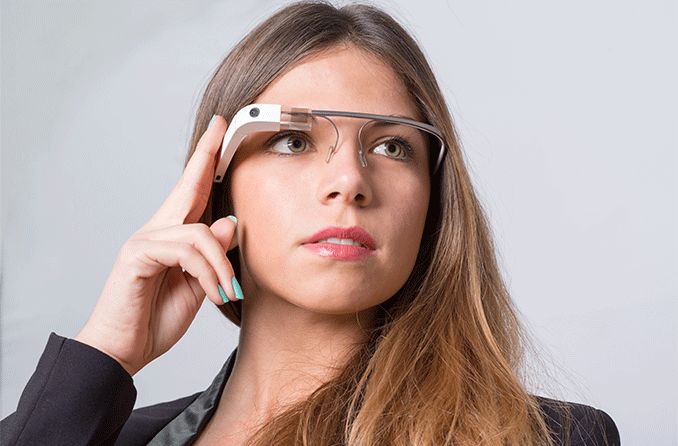
FAQ
How to perform e-commerce software development?
1. Research and Evaluate Development Options
Explore options like in-house development, outsourcing, or partnering with a software agency. Also, consider factors such as cost and expertise to make an informed decision. For example, you can look reviews on Clutch or TechBehemoths.
2. Choose the Right Technology Stack
Choose a tech stack aligning with your software needs, focusing on scalability, security, and compatibility. Seek expert advice for the best combination of languages, frameworks, and tools.
3. Design and Develop the Software
Go through a structured design phase, creating wireframes and prototypes. Use agile development for continuous feedback and iteration.
4. Testing and Deployment
Thoroughly test the software for functionality, performance, and security. Deploy it gradually after user acceptance testing to ensure it meets expectations.
5. Maintenance and Support
Establish a maintenance plan for bug fixes, enhancements, and adapting to changing business needs. Provide ongoing support for a smooth user experience.
Or Reach Out to a Software Development Agency
For a hassle-free custom e-commerce software development experience, partner with a reputable agency. At Movadex, we offer tailored custom software development services for e-commerce businesses. With 7 years of experience and a proven track record of successfully delivering over 200 projects across various sectors—ranging from e-commerce, sustainability, fintech, aviation, and KYC, to healthcare—we specialize in transforming digital products and services. Our experienced team will guide you from requirements to deployment and ongoing support.

